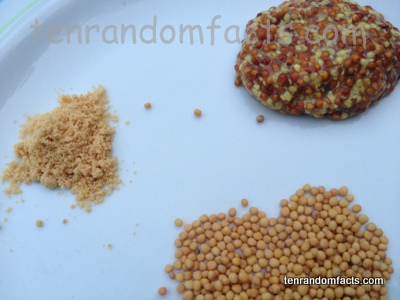
These facts, like garlic, will scare the vampires.
- Garlic is an edible bulb, containing around 84% water , and there are two main varieties – ‘hardnecks’ and ‘softnecks’, and ten main types that are distinguishable by size, shape, colour and taste, although most bulbs have a white, or white and purple outer skin.
- The scientific name of garlic is Allium sativum and it is a species of Allium, which also includes onions, leeks, chives and shallots, that all belong to the Amaryllidaceae family, which is the family of amaryllis.
- Garlic plants can grow to 1.2 metres (4 feet) tall are native to central Asia, although they have spread to other parts of Asia, Africa and Europe.
- Garlic can be purchased whole and raw, or in separate cloves, and also comes crushed, powered or as dried flakes in jars and is used as a flavouring in oil, main meals, sauces, on bread to make garlic bread, and can be eaten raw, crushed or chopped, although leaves, flowers and heads are also edible.
- China, in 2010, produced 13.7 million tonnes (15 million tons) of garlic, which was a total of 77% of the world’s production of 17.7 million tonnes (19.5 million tons).
- In the Ancient world, garlic was commonly used in many countries as medical treatments for a variety of ailments.
- Garlic is very high in vitamin C, vitamin B6 and manganese, and is also high in many other vitamins and minerals.
- The juice of garlic bulbs can be used to make glue that can adhere to glass, and the crushed cloves have antibiotic properties.
- Garlic can cause foul breath, and sometimes a foul body smell, along with other effects and can cause allergic reactions in some people, with reactions such as nausea, diarrhoea and breathing problems.
- In folk tales from England, and some other countries, garlic is used to protect from monsters, particularly vampires.
Bibliography:
Garlic, 2013, The World’s Healthiest Foods, http://www.whfoods.com/genpage.php?tname=foodspice&dbid=60
Garlic, 2013, Wikipedia, http://en.wikipedia.org/wiki/Garlic











